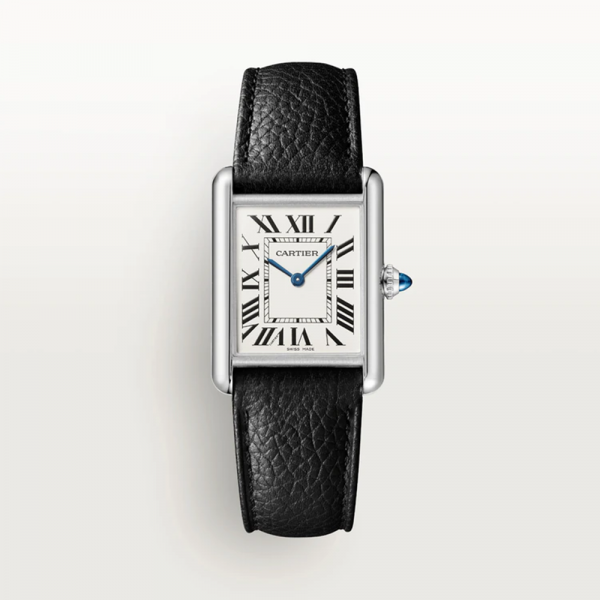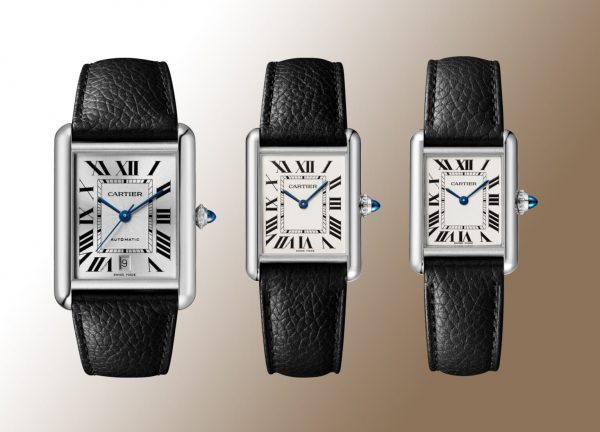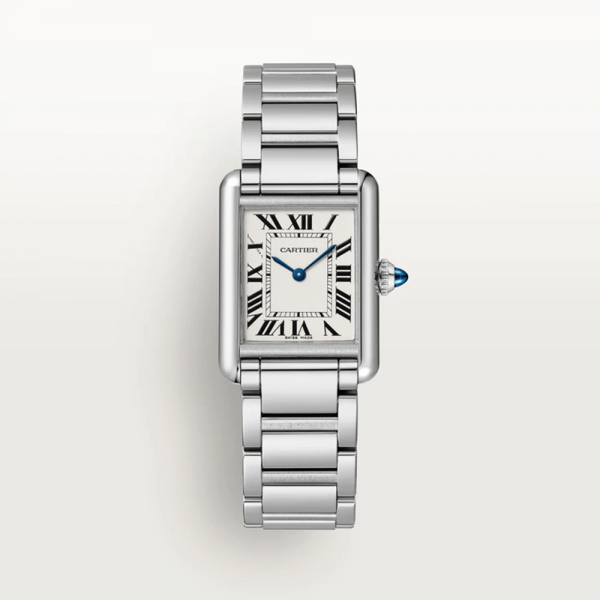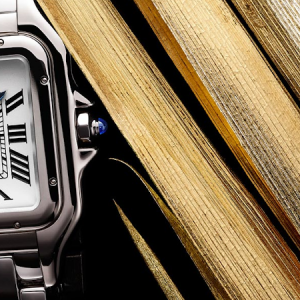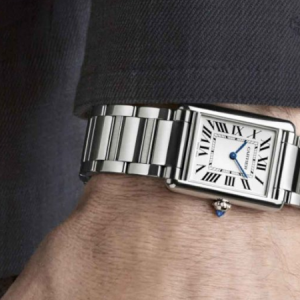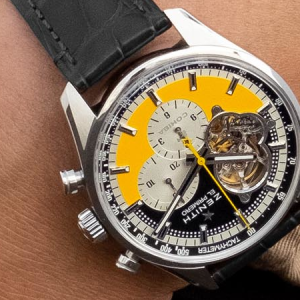Even those who are not really familiar with watches, are aware of the Cartier Tank. One of the most well-known, iconic, and replicated timepieces ever created. But do you understand its origin, function, and significance in the history of horology? This deceptively straightforward dress watch’s tale is, in many ways, the history of the wristwatch as a whole.
When Louis Cartier published his angular wristwatch in the early 20th century, it was very innovative and met with controversy, which could seem contradictory given its familiarity and conservative attitude from a modern viewpoint. When men still used round pocket timepieces, few people were familiar with wristwatches, particularly ones designed for men.
Discover your Perfect Luxury Timepiece and Enjoy Special Privilege only at The Time Place Boutique.
In fact, Louis Cartier’s first square wristwatch wasn’t the Tank; rather, it was the Santos, which debuted in 1904 but was made for an eccentric aviator at a time when most people were still using pocket watches.
During World War I, soldiers converted pocket timepieces to wrist watches, but Cartier is largely recognized as the innovator of the men’s wristwatch. It must be assumed that its square (or rectangular) form served to underline its function and set it apart from circular pocket watches in a fundamental way.
The tank is believed to have been created in 1917, although only a small number of them were produced. According to tradition, General John Pershing of the American Expeditionary Force and his commanders received one of these tanks.
Although Cartier claims to have witnessed some of the first tanks in action during World War I as inspiration, elements of the design, like the case’s general form, the Roman numerals, and the dial’s inner railroad-style track, were already typical of the brand. Even the characteristic crown with its cabochon, still present in contemporary Cartier watches, was part of the original Tank.
By the 1920s, the Tank had achieved considerable success, to the point where watches made by other firms in a similar style were occasionally even given the name “Tank” in explicit homage to Cartier. Many years later, Andy Worhol still considered it to be simply “the watch to wear”; the list of famous people connected to the Tank is too long to mention them all. It is still one of Cartier’s signature lines and features pieces with a range in size, shape, intricacy, formality, and cost.
The Cartier Tank today has a mixed status. Its provenance or the elegance of its design are not in question, but to a modern eye amidst an increasingly casual culture, it can appear feminine or even stuffy and formal. At worst, it might be seen as boring due to its familiarity. But it would be a shame to view it in any of those ways. The Tank’s history shows that its design is rooted in masculinity, chance-taking and innovation.
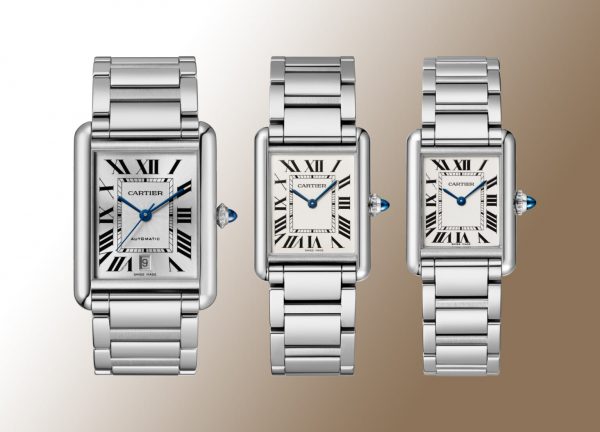
Discover the Cartier Tank collections online or locate The Time Place boutique near you for a visit.

